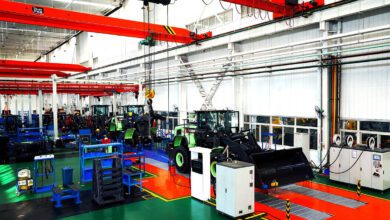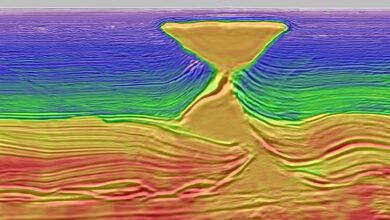India is set to cut gas pipeline tariffs for areas far from gas injection points as the nation look for a cleaner fuel led industrial development. Differential pipeline tariffs are one of the key reasons for uneven gas use in the country, which aims to raise its share in energy consumption to 15% by 2030.
Gas accounts for about a quarter of energy-mix of the western state of Gujarat. The state hosts three liquefied natural gas (LNG) import terminals and is near to gas producing fields, compared to the national average of 6.2%.
Customers will be paying single tariff if they are linked to the national gas grid of more than 15,000 km. This will help customers in the north, northeast and eastern part of the country. The new rules are expected to come into force in next 2-3 months.
Presently, the tariffs are linked to the distance and the number of pipelines used for transportation of gas from the injection points, making the fuel costly for many industries and hurting the development of far flung areas. The new structure will be beneficial for all industries using multiple pipelines for gas purchase.
For an industry taking supplies through a single pipeline and located within 300 km of gas injection point, the new tariff will be about Rs 26 per million British thermal unit (mmbtu), an increase of up to 30% from current rates. Others tariffs would be Rs 66/mmbtu compared to over Rs100/mmbtu in some cases, adding a shift to uniform rates would help Oil and Natural Gas Corp’s get better prices of its east coast gas.
Pipeline operators like GAIL and Gujarat State Petronet the new rules will be revenue neutral while fuel costs for fertiliser plants and others in eastern and southern India will be reduced. In the long run pipeline companies will get the benefit as gas volumes will go up.













